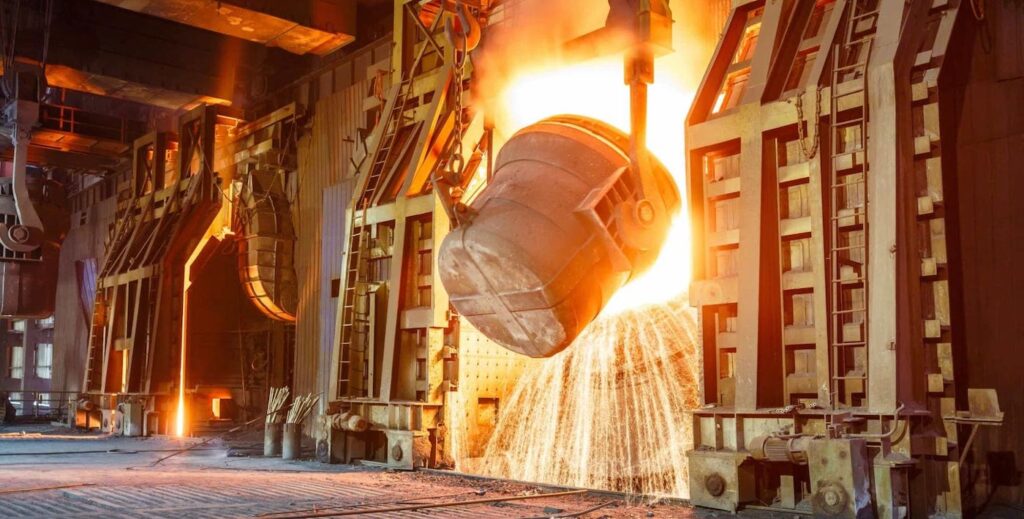
Steel Making…
The steel making process is a complex and intricate procedure that involves several steps and techniques. It begins with the extraction of iron ore from the ground, which is then refined and purified. The purified iron ore is then mixed with other materials, such as limestone and coke, in a blast furnace. The mixture is heated to extreme temperatures, causing the iron to melt and separate from the impurities. This molten iron is then further processed in a steelmaking furnace, where it is combined with scrap metal and other alloys to create the desired steel composition. The molten steel is then poured into molds and cooled, forming solid steel products. Finally, the steel products undergo various finishing processes, such as rolling, forging, and heat treatment, to achieve their final shape and properties. The steel making process is vital in the production of countless everyday items, from cars and appliances to buildings and infrastructure.
Steel as a metal
Steel as a Metal
Steel is a widely used alloy composed primarily of iron and carbon. It is a versatile material known for its strength and durability, making it an essential component in various industries such as construction, automotive, and manufacturing. There are different types of steel, each with its unique properties and compositions. Carbon steel, for example, contains a relatively high amount of carbon and is commonly used in structural applications. Stainless steel, on the other hand, is corrosion-resistant and contains chromium, making it suitable for applications that require resistance to moisture and oxidation. Alloy steel is a combination of carbon steel with other elements such as manganese, nickel, or chromium, enhancing its strength and other specific characteristics. These different types and compositions of steel allow for a wide range of applications, from building structures to producing tools and machinery.
Mild Steel
Mild steel, also known as low carbon steel, primarily consists of iron and carbon. However, it may contain small amounts of other elements to enhance its properties. The most common additional elements found in mild steel are Manganese, Silicon, and trace amounts of Phosphorus and Sulfur. Manganese helps improve the strength and hardenability of the steel, while silicon enhances its resistance to corrosion and oxidation. Phosphorus and sulfur, although present in minimal quantities, can have a detrimental effect on the steel’s weldability and ductility. It is important to note that the percentage of these additional elements in mild steel is relatively low compared to other types of steel, which makes it an ideal material for various applications such as construction, automotive manufacturing, and general fabrication.



